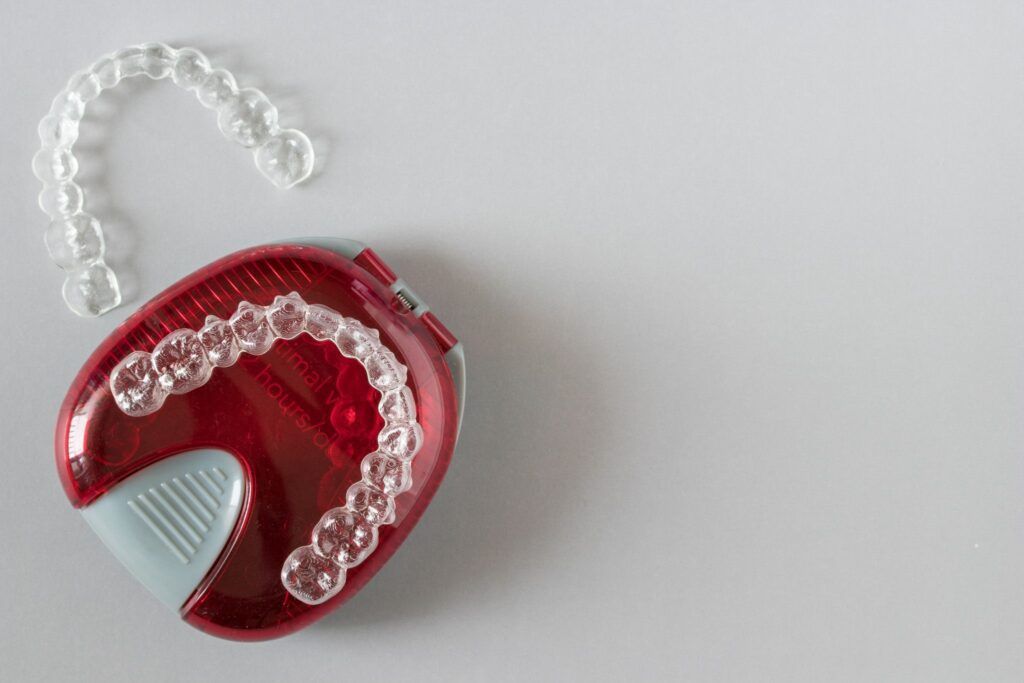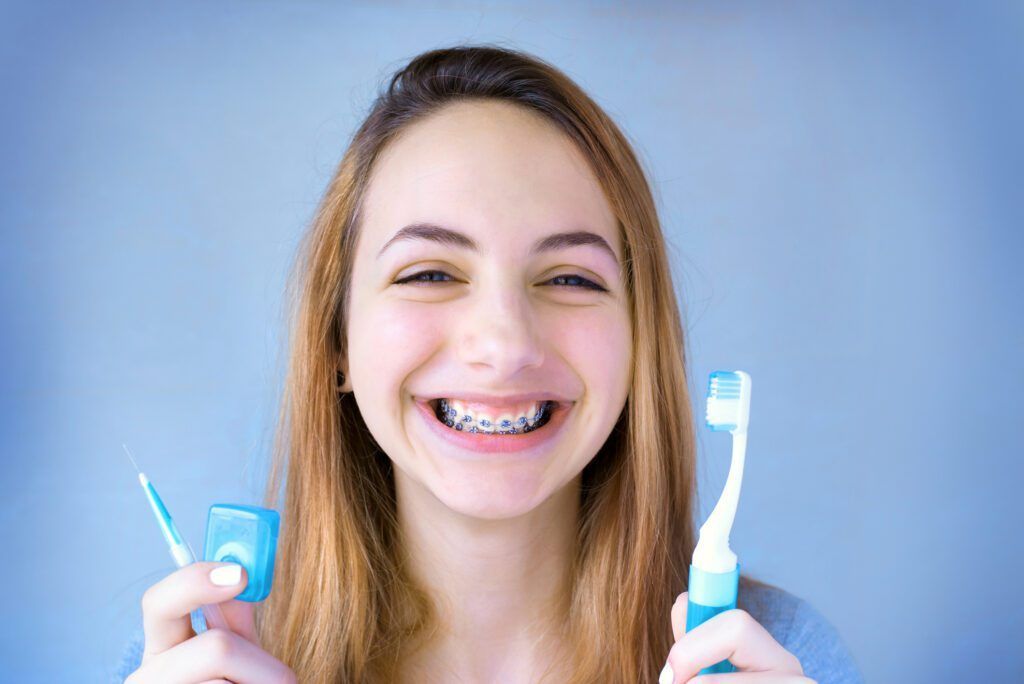How to Choose Your Toothbrush
Choosing the right toothbrush is an important decision when it comes to maintaining good oral hygiene. With so many available options, choosing the best toothbrush for your needs can be overwhelming. You may not realize that there are several different elements that you need to consider when selecting a toothbrush. However, if you have the right information, you can choose a toothbrush that is right for you.
Bristle Type
The bristles on a toothbrush can come in different shapes, sizes, and levels of firmness. Dental professionals generally recommend soft bristles as they are gentle on your teeth and gums. Hard bristles, on the other hand, can cause damage to your enamel and irritate your gums. Some toothbrushes also have angled or tapered bristles to help clean hard-to-reach areas. Consider your dental needs and preferences when choosing a toothbrush with the right bristle type.
Size and Shape
The size and shape of a toothbrush can also impact its effectiveness. A toothbrush with a smaller head may be better for reaching tight spaces, while a larger head can cover more surface area. The shape of the brush head can also play a role in how well it cleans your teeth. Look for a toothbrush with a shape and size that feels comfortable and easy to use.
Manual or Electric
Manual toothbrushes have been around for decades and are a cost-effective option. However, electric toothbrushes are becoming more popular as they offer benefits like better plaque removal, easier access to hard-to-reach areas, and a built-in timer to ensure you brush for the recommended two minutes. Consider your budget and dental needs when deciding between a manual or electric toothbrush.
ADA Approval
The American Dental Association (ADA) has a seal of approval program for dental products, including toothbrushes. Look for toothbrushes with the ADA seal of approval, which means they have been tested and found to be safe and effective in cleaning your teeth.
Comfort and Ergonomics
The comfort and ergonomics of a toothbrush can impact how well you are able to clean your teeth. A toothbrush with a comfortable handle and grip can make it easier to hold and maneuver in your mouth. Some toothbrushes also come with features like flexible necks to help you reach difficult areas. Consider your individual needs and preferences when choosing a toothbrush that feels comfortable to use.
Replacement Schedule
Toothbrushes should be replaced every three to four months or sooner if the bristles become frayed or worn. Consider the availability and cost of replacement toothbrush heads when choosing an electric toothbrush. Some toothbrush brands also offer subscription services that regularly deliver replacement heads to your door.






